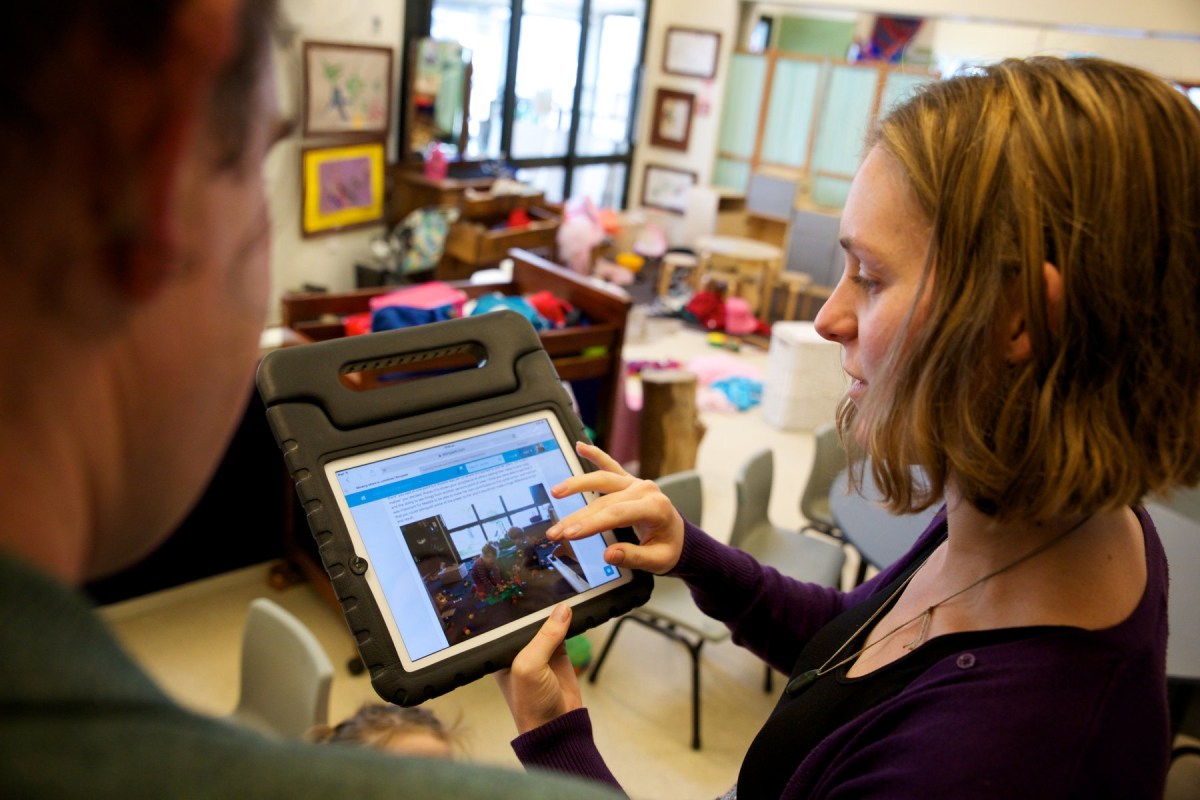How to choose the right ECEC digital documentation platform

Early childhood educators are required to provide rich, meaningful information about learning and development to families, to the community and to each other, that demonstrates a way of articulating and evidencing what they are doing, how they are doing it and what it all means. Part of this information is pedagogical documentation. This type of documentation makes learning and development visible and provides educators with assessment opportunities.
Pedagogical documentation should provide an opportunity to be reflective and critical in our design decisions and to keep track of our steps, not only to be able to communicate the pathways we took, but to reconstruct and relaunch the work. This type of documentation can provide a context, where theories and ideas are listened and responded to, and that in addition to revealing what children are thinking and researching should also reveal the same of their educators.
The introduction of digital software platforms into the early learning space has transformed the way that information about children’s learning and development is now documented and presented. Flexibility, engagement, communication and collaboration are often words used to describe the advantage of the digital, and at a time when many early childhood educators will tell you that they are sinking under the weight of documentation demands, it is not hard at all to see why these platforms have become so popular in such a short period of time. Utilising a digital platform can tick a lot of boxes.
A quick desktop review of some of the digital software platforms currently on the market reveals some consistencies in the words they all use to describe the benefits offered to early learning environments. Words such as; easy, privacy, affordable, compliance and family-friendly are commonly used to describe particular design features.
I can understand why a focus on these attributes, when choosing a provider might be useful to help acquit some diligence when choosing which platform to go with, however choosing a digital provider should be a considered process, one that requires a great awareness and understanding of what it is you are buying into and what it is you want the platform to do.
Time spent considering if to use a digital platform and if so which one is the first place to start. A platform that is easy to use, securely stores data, is at a good price point and can assist with ratings and assessment requirements should not be the only criteria for deciding whether to go ahead.
Easy doesn’t always mean quality so do your homework first. Time spent at this stage of the process will help ensure that you have made the right choice for your service.
I am reminded of the Benjamin Franklin quote;
“By failing to prepare you are preparing to fail”
In order to prepare better here are ten questions you might want to factor into this decision
- What do you want the platform to do? How will it enhance, improve or support what your current documentation practices are? How does this ‘fit’ with what you are already doing?
- What are the planning and documentation skills of staff? The software cannot do the thinking and design work for you. You still have to do that! Do you have a team that can interact fully with the technology? How digitally literate are the staff who will be using the platform? What support might they need?
- Who owns the data and where is it stored? Do parents own it? Does the service own it? Does the platform own it? What happens to it when the child leaves the early learning service?
- What access to the platform do different stakeholders have? (Educators, families, friends, relations, children, community?)
- Where has the company originated? Who are they? What are their history and reputation? Most platforms have blogs or articles. Who is writing for the company?
- What support is there when things go wrong? Life is rainbows and unicorns when everything works but what happens when it doesn’t?
- Where is the voice of the child? Can you see the company’s image of the child? Is there evidence of an understanding about the need to consult with children about decisions that affect them and consider their rights to participation?
- How much does it cost? Do different functions require more money? If it is free, why?
- What type of language does the platform use? Does it use words that we, as a profession, associate with as part of our professional dialogue? Are curriculum frameworks reflected in this language?
- Are they philanthropic? Who do they give back to, or support? What support is available if a service cannot afford to pay? Can you see evidence of an awareness of social justice issues?
No digital platform can replace the human gaze that is required to read and make sense of the work but used well and judiciously they can add value to how we work with children and families and can provide us with an additional mode of engagement that can support traditional methods.
This article was written for Storypark in October 2019. To access the original version, please see here.
Popular

Policy
Practice
Quality
Provider
Research
Safety starts with supervision: responding to real risks in ECEC
2025-07-07 10:30:58
by Fiona Alston

Practice
Provider
Quality
Research
Workforce
New activity booklet supports everyday conversations to keep children safe
2025-07-10 09:00:16
by Fiona Alston

Quality
Practice
Provider
Research
Workforce
Honouring the quiet magic of early childhood
2025-07-11 09:15:00
by Fiona Alston













